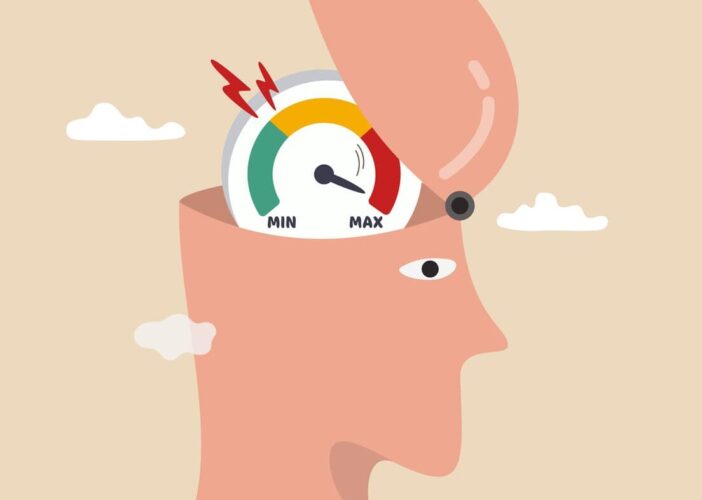When we suffer from stress, there is an alterationin the emotional regulation systems . We lose the conscious ability to allow the body to return to a state of calm, serenity, or pause when we see that there is no real threat to our survival.
We have 3 systems from which we can work, some instinctively and others consciously, according to Gilbert (2009-2015)
➣ Threat and defense system: it is focused on security, fight, flight and protection. It helps us connect everything that has to do with feelings of fear, anger, insecurity and anxiety and that generates adrenaline and cortisol in the face of a threat.
➣ Incentive and search system: focused on achieving goals, overcoming challenges, competing, putting our strengths into practice to achieve challenges. It connects us with feelings of energy, motivation and alertness. It generates dopamine.
➣ Calm and affiliation system: focused on self-care, empathy, kindness, generosity, warmth. Connect with feelings of calm, confidence and security. It generates hormones such as endorphins or oxytocin.
Chronic stress shuts down the calm and affiliation system, exacerbating the other two systems, making it very difficult for us to transition into a calm state naturally. In this way, we are not able to regulate our emotions and systems clearly and effectively.

Chronic stress suppresses the calm and affiliation system, exacerbating the other two systems, so that it is very difficult for us to go into a state of calm in a natural way. In this way, we are not able to regulate our emotions and systems clearly and effectively.
Mindfulness works to promote this system of calm and affiliation through different proposals: meditations, practical exercises, contemplation, the connection with silence…
Being stressed implies a state of physical and mental tension: it is generated as an automatic response to external situations perceived as threatening or demanding. In itself it is not “bad” because it drives us to achieve goals. The stress response is necessary and adaptive.
But if it is prolonged or intensified, serious physical and emotional disorders can be experienced, affecting performance.
stimulus + belief ➣ emotion ➣ feeling ➣ thought ➣ behavior ➣ habit
Before any stimulus in our life, an emotion is generated, lived in one way or another based on the beliefs we have (ideas that we have been accumulating based on our experiences).
These emotions give rise to feelings, which have to do with the interpretation of that emotion, in time. This leads us to have a way of thinking, which in turn ends up generating behaviors or ways of doing things, which give rise to habits.
Do you react or respond?
Given a stimulus, a response is generated.
Although it seems somewhat automatic, there is actually an interval between stimulus and response.
In that interval is our interpretation of the situation:
an emotion is generated (anger, joy…), an interpretation (what speech we give), a physical impact on our body (chills, pain…)
This interval is the one that is worked from Mindfulness, making this interval conscious, because in this way we can then exercise a freedom of choice regarding the answer we give.
Example:
A stranger steps on you, apologizes, and you say it’s okay.
Before saying that: your foot hurt, you got angry, you realized that it was unintentional, and consequently you forgive, you respond kindly and you continue walking, with your foot pain.

By making this interval conscious, from Mindfulness, we acquire the ability to manage emotional states, which would include their perception, understanding, management and constructive (free) use (Mayer and Salovey, 1997).
